Water Supply and New Development Path Are Priorities in U.S.-China Climate Agreement
Pact is fresh reckoning with Earth’s changed ecological and economic risks.
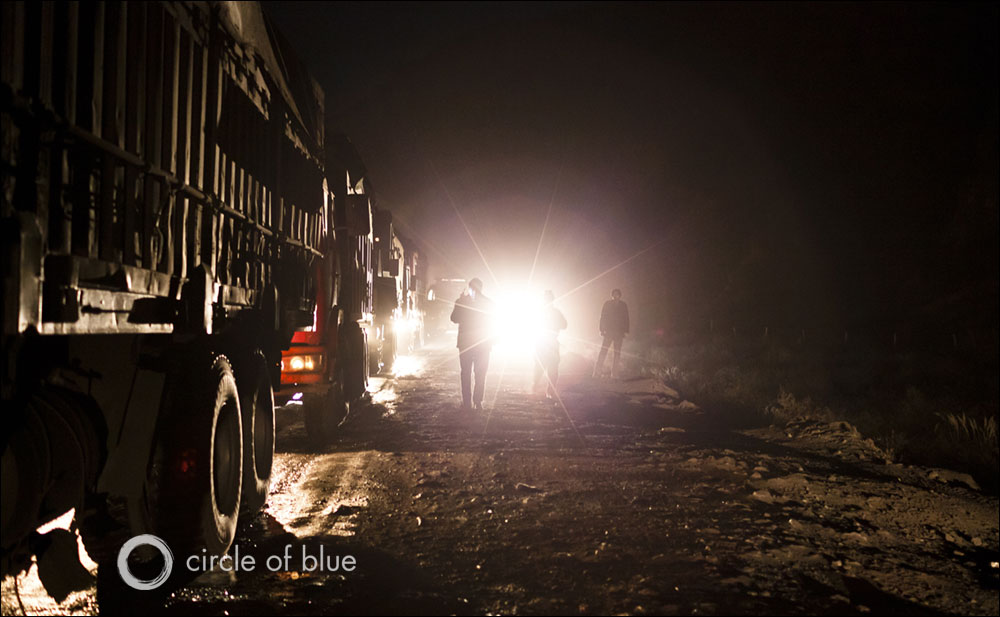
NEW DELHI, India — There are nearly 1.3 billion people in this swarming democracy, where more than 66 percent of eligible voters cast ballots in the general election last May. A few of them took me aside this week to express surprise at the puzzle that is the American electorate and its national leadership.
It’s easy to see why.
On November 4, despite the most money ever spent in a national election ($US 3.7 billion), just over one-third of eligible American voters — the lowest percentage since 1942 — felt it necessary to cast a ballot to influence the country’s management.
But just eight days later, on November 12, the president of the United States reached a momentous accord with the president of China to cap greenhouse gas emissions and do a whole lot more for Mother Earth and its human inhabitants.
Though viewed here in India — and by most observers globally — as an environmental accord, the pact’s six major provisions boil down to a very new international economic development strategy. The agreement sets out two politically arduous but technically achievable goals:
- Turn major industries (particularly the institutions that supply electricity), into technologically advanced, water-conserving, low-carbon, pollution-avoiding guardians of environmental safety and human well-being.
- Redesign cities to be much cleaner, much greener, much healthier, and much more efficient users of water, energy, land, and other natural resources.
In effect, the agreement sets out to either convert or overrun skeptics in the carbon-based industries and their allies in government and finance. It does so by encouraging collaboration between the two largest economies — and the crowd of inventors and practitioners in both countries — to much more quickly put into place new tools, new practices, and especially new markets to contend with radically different ecological and economic conditions.
Temporarily putting aside political realities in both nations, and the skepticism fostered by decades of reporting in the United States and more recently in China, the two nations appear to be trying to do something truly significant.
The Low-Carbon Quest of Eagle and Dragon
President Barack Obama, President Xi Jinping, and their aides very clearly recognize the new force displayed by Planet Earth in the 21st century.
They seem to be looking at the searing storm of environmental and economic transition square in the eye, and they are presenting a concerted response that comes straight from the shoulder. The two leaders, in sum, seem resolute about aggregating achievable steps in technology and policy like a wall against danger. The changes that the agreement calls for in water conservation, efficiency, clean energy, green equipment, and the like are the bricks. In short, the two leaders are trying to build a new foundation for industries, cities, and people to survive and thrive in a perilous ecological age.
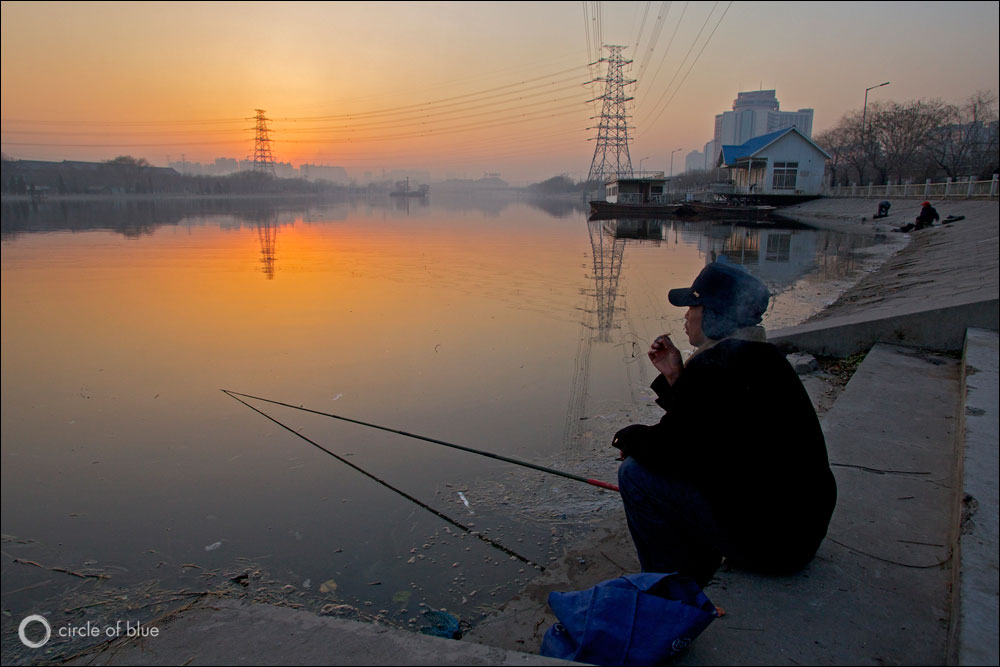
Not until last week has such a useful and transparent call to action come from the highest reaches of the governments of China and the United States. Unlike the 20th century — when so many people died by the barrel of a gun, from man-instigated holocaust and genocide, from massive industrial accidents like the 1984 chemical explosion that killed more than 15,000 people near here in Bhopal — the 21st century’s biggest threats to human life are acts of nature that seem unnatural in their fury and consequence: floods, droughts, earthquakes, tsunamis, pestilence, and new plagues. All stem from a combination of soaring population growth and resource waste that is producing rising costs, political intransigence, and surprising civic indifference.
The most basic details of the climate agreement call for reducing, by 2025, U.S. greenhouse gas emissions by 26 percent to 28 percent below 2005 levels. China, for its part, put the first-ever limit on its greenhouse gas emissions, asserting that they will reach a peak in 2030 and that non-fossil-fueled sources will make up one-fifth of its electrical generating capacity.
The United States should easily reach its target. In 2005, U.S. greenhouse emissions were over 7 billion metric tons a year, according to the U.S Environmental Protection Agency. Reaching the agreement’s goals will drop U.S. greenhouse emissions to roughly 5 billion metric tons a year. Last year, U.S. greenhouse emissions dropped to around 6.2 billion metric tons as buildings, cars, and planes became more energy efficient and as natural gas, wind, and solar power replaced coal for generating electrical power.
Predictably and sadly, Republican lawmakers last week criticized the agreement as a risk to the American economy. Though conservative U.S. legislators have fought every previous big American environmental measure for the same foolish reason, the economic data shows a different story. The American GDP, $US 16 trillion this year in constant dollars, is more than three times larger than it was in 1970, when the first Earth Day was celebrated.
America, by the way, is a lot cleaner now than it was then.
Meanwhile, the Chinese greenhouse gas limits are flat out underwhelming. One-fifth of China’s electrical generating capacity already comes from no-carbon power sources, as the agreement stipulates. And the agreement allows China to continue escalating the levels of carbon it pours into the air before it reaches a peak in 2030. 2030?! This year, China is producing and consuming 3.6 billion metric tons of coal — almost four times as much as the United States. Chinese coal consumption is growing 100 million metric tons annually. Unless there is a sharp change in policy, coal consumption in China could reach 5.2 billion metric tons a year. The affects on health and environment are almost unimaginable.
I’m told by James Fallows, a correspondent and expert China observer, that it’s the first-of-its-kind limit on emissions that China agreed to set that is important. Jennifer Turner, my good friend and colleague at the Wilson Center and a collaborator with Circle of Blue in this work, agrees.
“The efforts that the Chinese are teeing up to get even more aggressive on coal are significant,” Jennifer wrote to me in an email. “They are the more boring policy/finance/regulatory stuff that will really determine if China will just make this a business as usual peak or something more aggressive. Lots of folks among my contacts are saying that China can likely hit a peak sooner.”
Water Included in the Agreement
The agreement’s provisions for water use and conservation also are globally significant, as well as personally gratifying to those of us at Circle of Blue and the Wilson Center.
The agreement includes two provisions to secure freshwater supplies in energy production — the so-called “water-energy nexus” that Circle of Blue has reported on globally since 2010.
The two nations are 1) investing in research to improve efficiency and conservation in water supply for energy generation and 2) developing a carbon-sequestration demonstration project in China to put produced water from deep beneath the surface and displaced by CO2 storage to good use.
Circle of Blue and the Wilson Center played a big, big role in elevating the contest between rising demand for energy (second-largest water user in both countries) and diminishing freshwater supplies in our 2010 Choke Point: U.S. project and our 2011 and 2012 Choke Point: China projects. Circle of Blue and the Wilson Center collaborated to bring our findings to civic, academic, government, and NGO audiences in both countries, including speaking tours in China in 2011, 2012, and 2013.
Clearly, leaders of both nations took note. India, the third-largest producer and consumer of coal, needs to be next.
–Keith Schneider, senior editor
Circle of Blue’s senior editor and chief correspondent based in Traverse City, Michigan. He has reported on the contest for energy, food, and water in the era of climate change from six continents. Contact
Keith Schneider

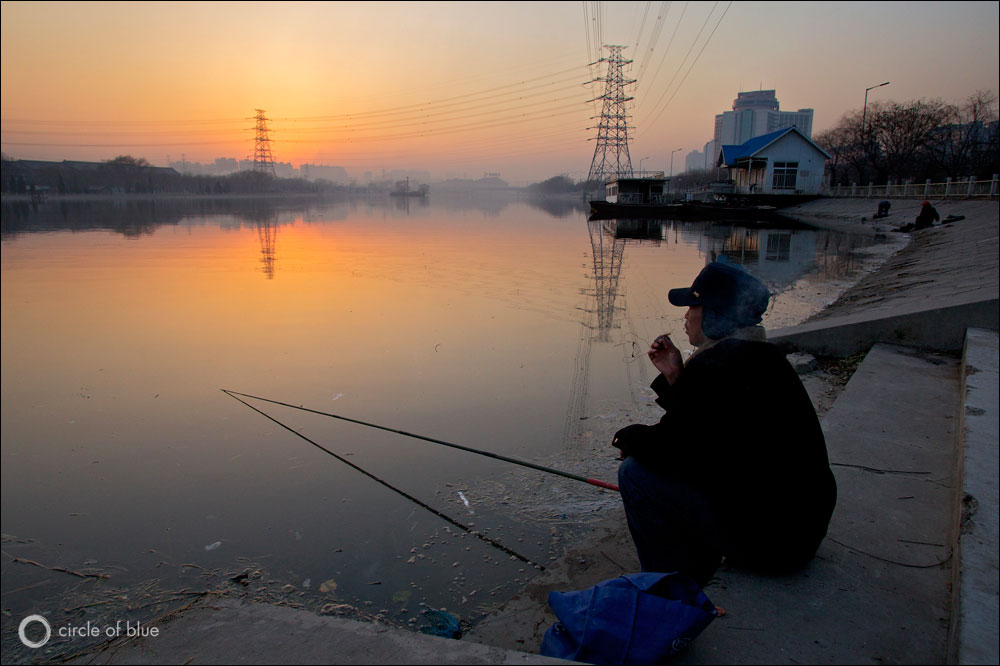

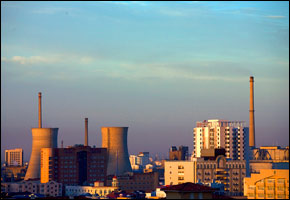

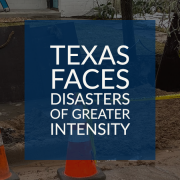




Leave a Reply
Want to join the discussion?Feel free to contribute!